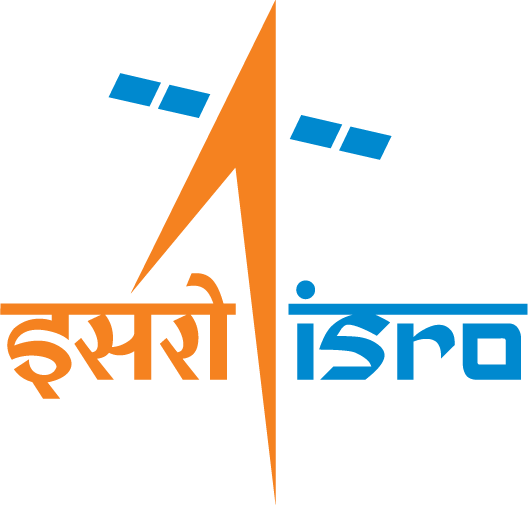Generative AI or GenAI, also known as Generative Adversarial Networks (GANs), is a branch of artificial intelligence that focuses on generating new data that resembles a given training dataset. It involves training a generative model to create new samples that are similar in distribution to the original data, allowing it to generate realistic and novel outputs. In a typical generative AI framework, there are two main components: a generator and a discriminator. The generator tries to produce synthetic data samples from random noise, while the discriminator aims to distinguish between real and generated samples. The generator and discriminator are trained simultaneously in a competitive manner, with the goal of improving the generator’s ability to generate data that is indistinguishable from real data. The training process of generative AI involves an iterative feedback loop. The generator initially produces random samples, which are evaluated by the discriminator. The discriminator provides feedback on the quality of the generated samples, and this feedback is used to update the parameters of both the generator and the discriminator. Over time, the generator learns to generate samples that closely match the characteristics of the training data, while the discriminator becomes more adept at differentiating between real and generated samples. Generative AI has found applications in various domains, including image generation, text synthesis, music composition, and more. Some notable examples include generating realistic images, creating new artworks, generating human-like speech, and even generating entire synthetic environments. One of the significant advantages of generative AI is its ability to produce novel and creative outputs. By capturing the underlying patterns and structures of the training data, generative AI models can generate new samples that exhibit similar characteristics. This can be particularly useful in scenarios where there is a need for generating new data for tasks like data augmentation, simulation, or creativity-driven applications.
Generative AI techniques have many innovative applications in the field of remote sensing and GIS. While the implementation of generative AI in remote sensing is still relatively new, it holds promise for generating synthetic remote sensing data, enhancing data augmentation techniques, and aiding in the interpretation and analysis of geospatial data. Some of emerging applications of generative AI in remote sensing and GIS are discussed below.
- Synthetic Data Generation: Generative AI can be used to generate synthetic remote sensing data that resembles real-world imagery. By training a GAN on a large dataset of labeled remote sensing images, the generator can produce new synthetic samples that capture the statistical properties and characteristics of the original data. This synthetic data can be useful for augmenting limited training data, creating diverse datasets for model training, and overcoming challenges related to data scarcity or privacy restrictions.
- Data Augmentation: Generative AI can contribute to data augmentation techniques in remote sensing. By generating new synthetic samples based on existing data, GANs can increase the diversity and quantity of training data, which can lead to improved model generalization and performance. This is particularly valuable in tasks such as land cover classification, object detection, and change detection, where a larger and more varied dataset can enhance the robustness of models.
- Super-resolution and Data Enhancement: Generative AI techniques, such as GANs, can be utilized to enhance the resolution and quality of remote sensing imagery. By training GAN models on pairs of low-resolution and high-resolution images, it becomes possible to generate high-resolution versions of low-quality or degraded remote sensing data. This can improve the visual clarity and detail of imagery, aiding in applications such as feature extraction, urban planning, and infrastructure monitoring.
- Image in-painting and Completion: Generative AI can assist in filling the missing or occluded regions within remote sensing images. By training a GAN on pairs of complete and incomplete images, the model can learn to predict and generate plausible content for missing areas. This capability is particularly useful in scenarios where data may have gaps due to cloud cover, sensor limitations, or data acquisition issues. By generating complete images, the model can provide more comprehensive and accurate information for analysis and interpretation.
- Data Interpretation and Synthesis: Generative AI can aid in the interpretation and synthesis of remote sensing data. By training GANs on labeled remote sensing imagery, the model can learn to generate synthetic samples that capture the characteristics of specific land cover classes or objects. This can assist in understanding and analyzing complex geospatial phenomena, supporting tasks such as land cover mapping, object detection, and scene understanding.
It’s important to note that the application of generative AI in remote sensing is still an evolving field, and there are challenges to overcome, such as ensuring the quality and realism of the generated data, addressing biases, and validating the performance of models trained on synthetic data. However, generative AI holds promise for enhancing data augmentation, data interpretation, and data synthesis in remote sensing, offering opportunities to improve the efficiency and effectiveness of geospatial analysis and decision-making.



